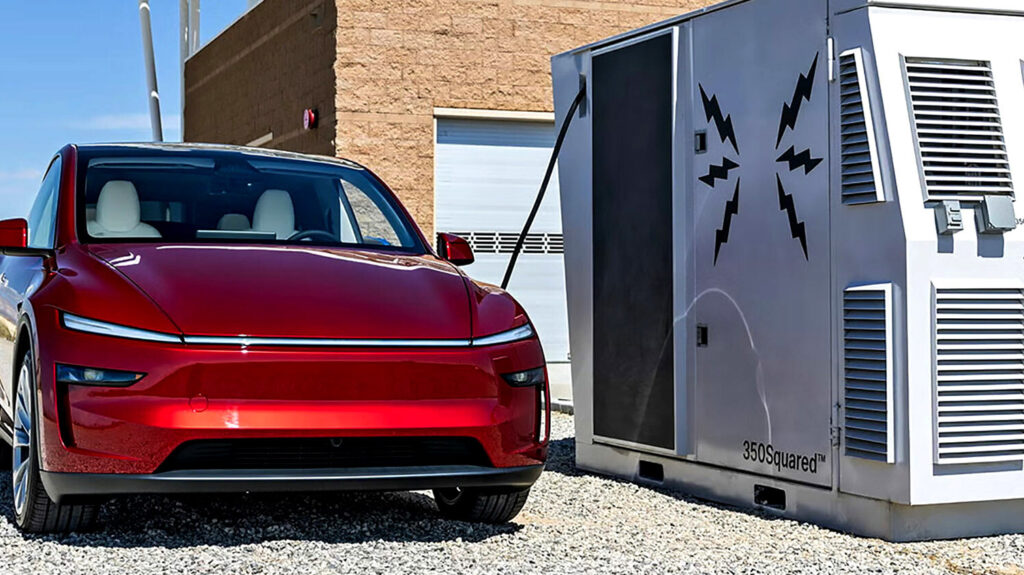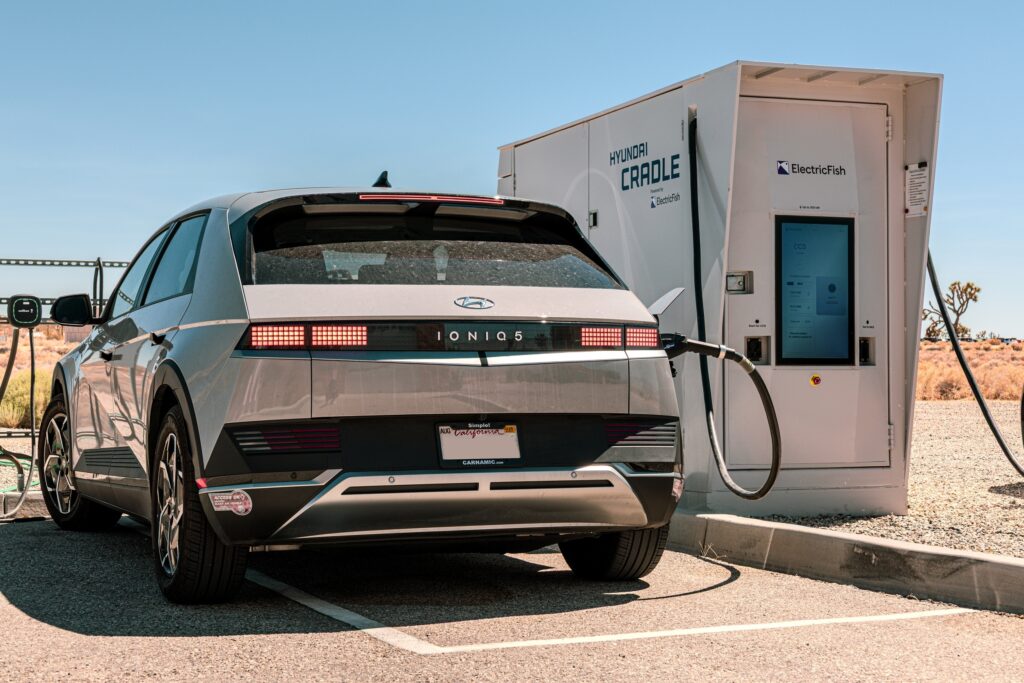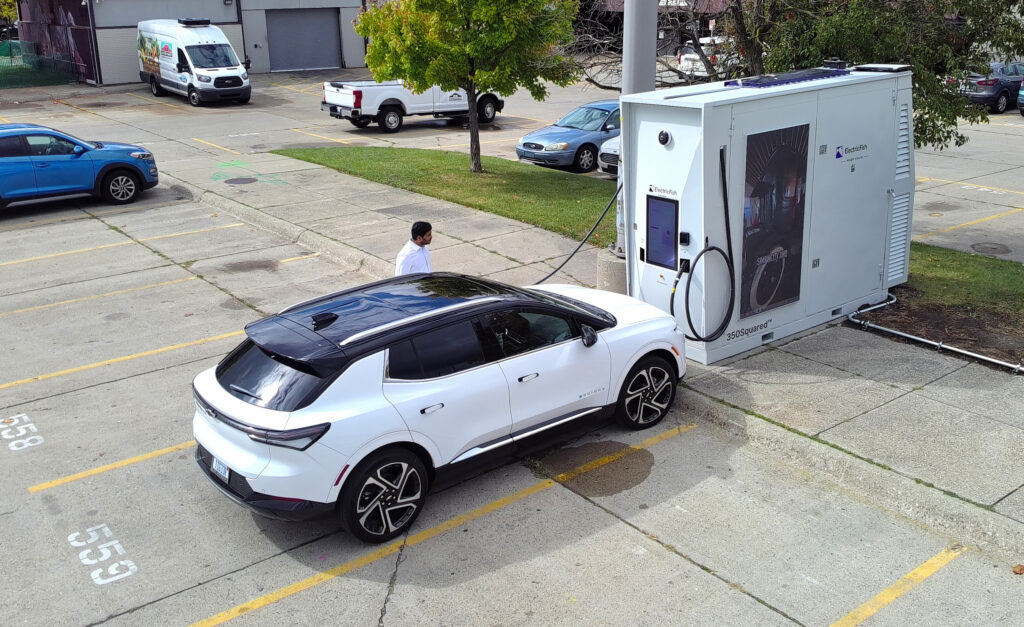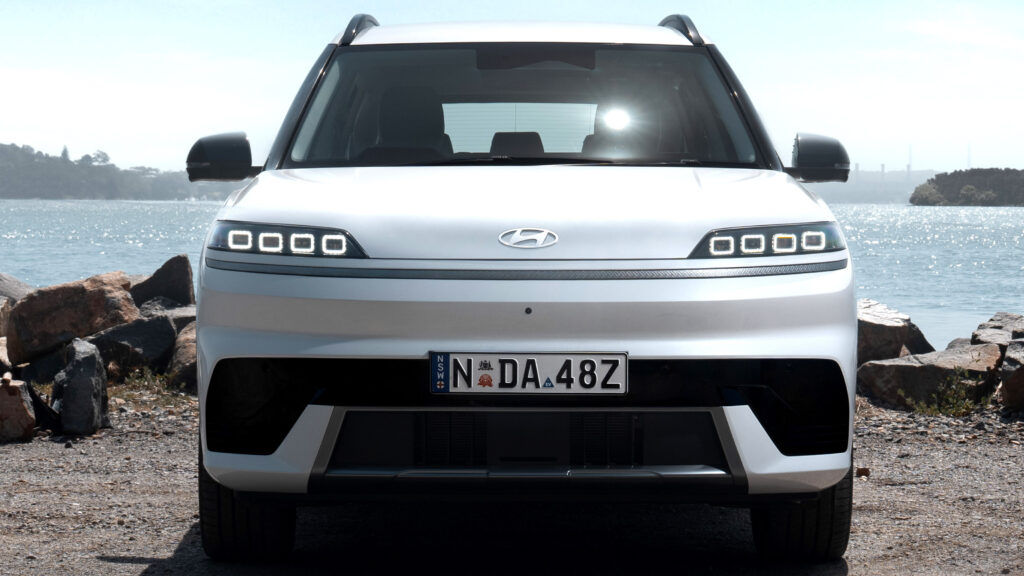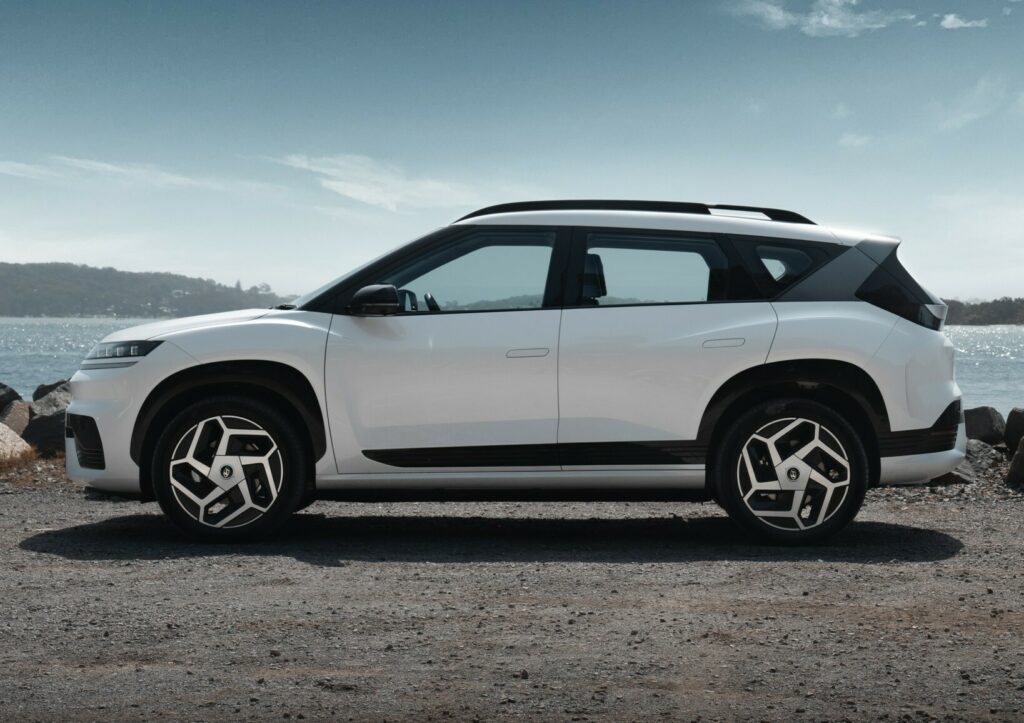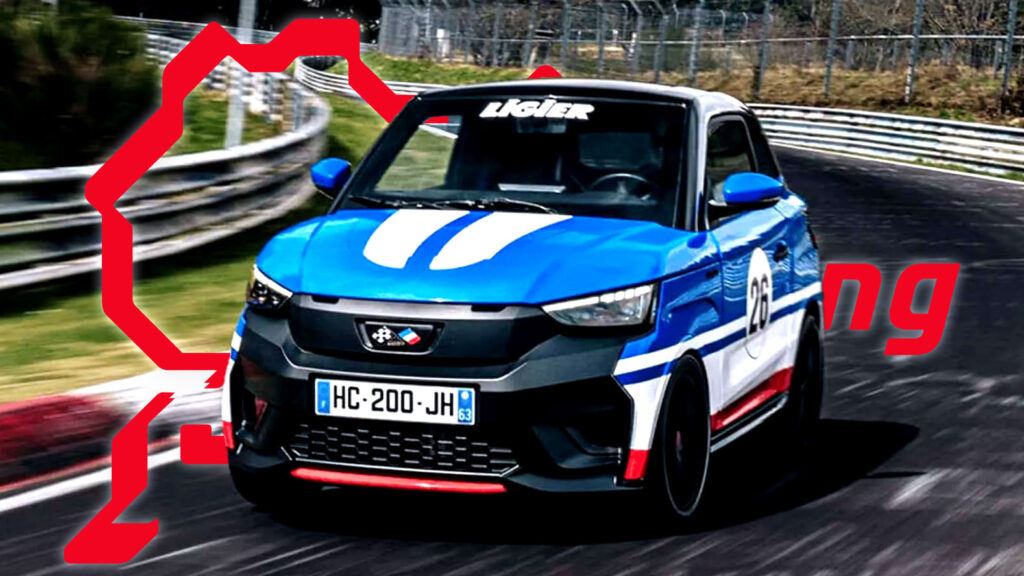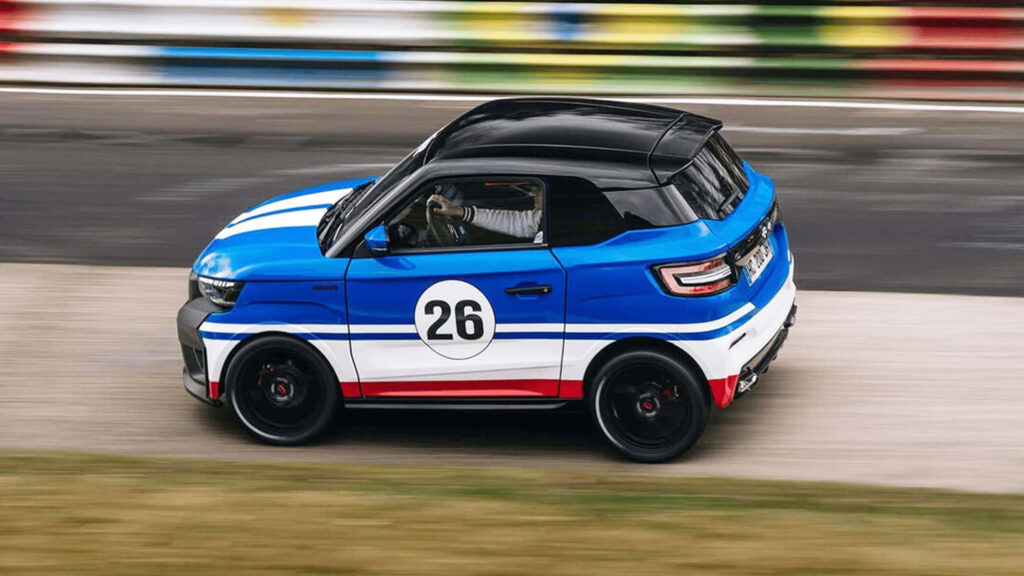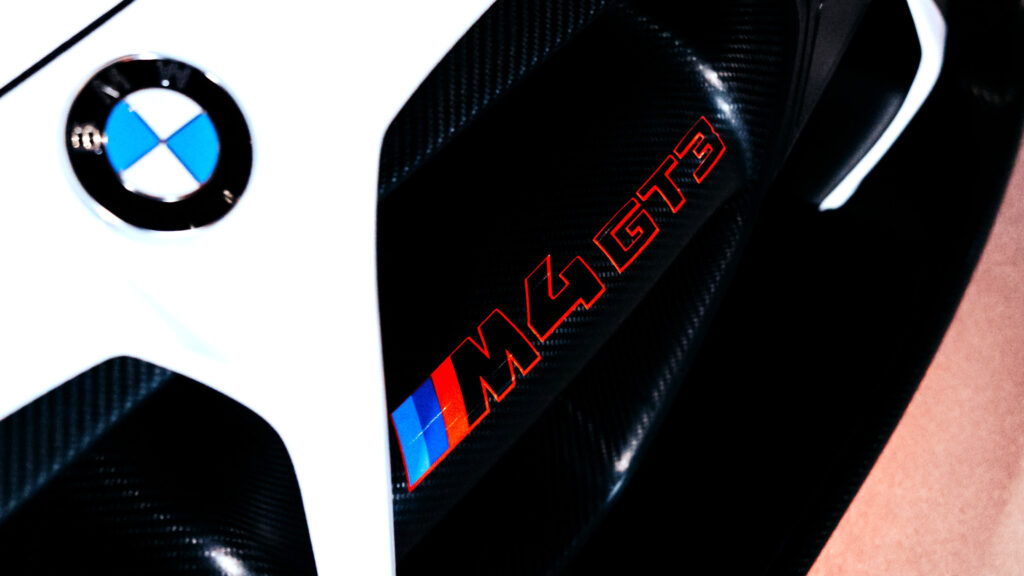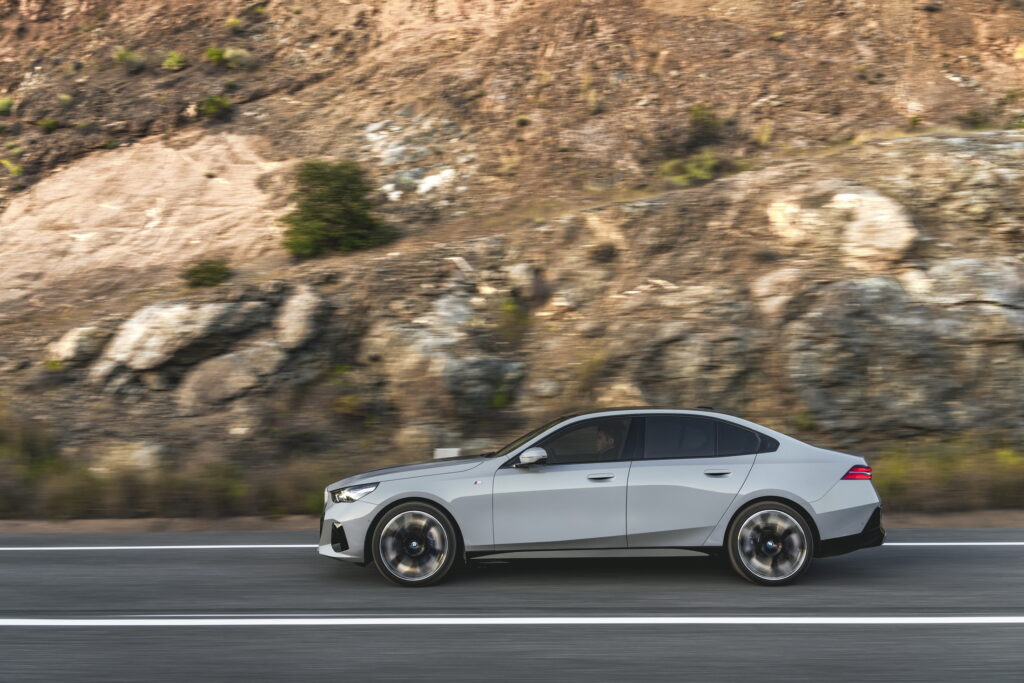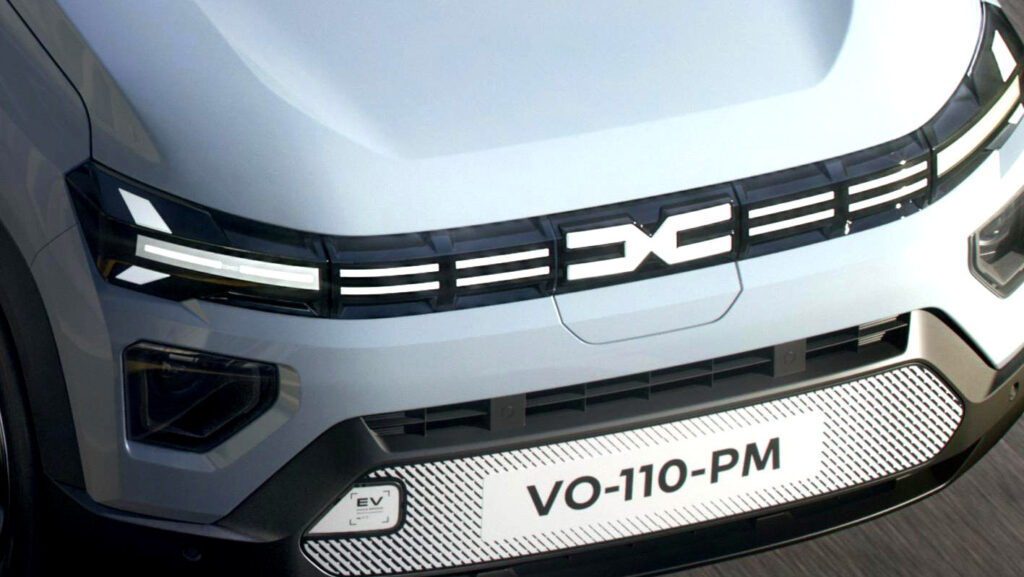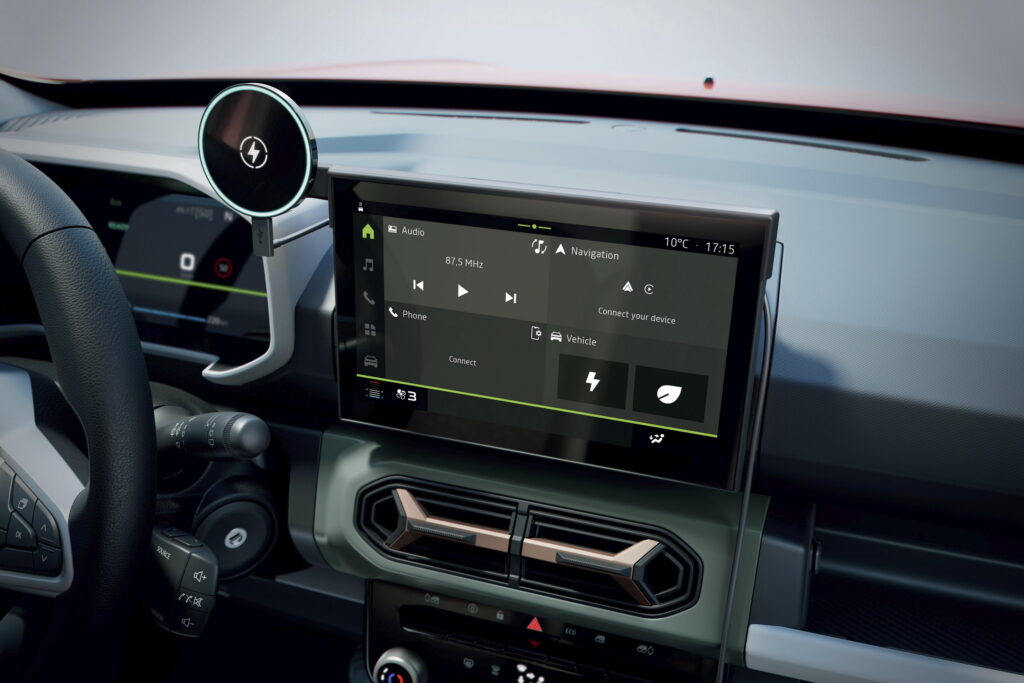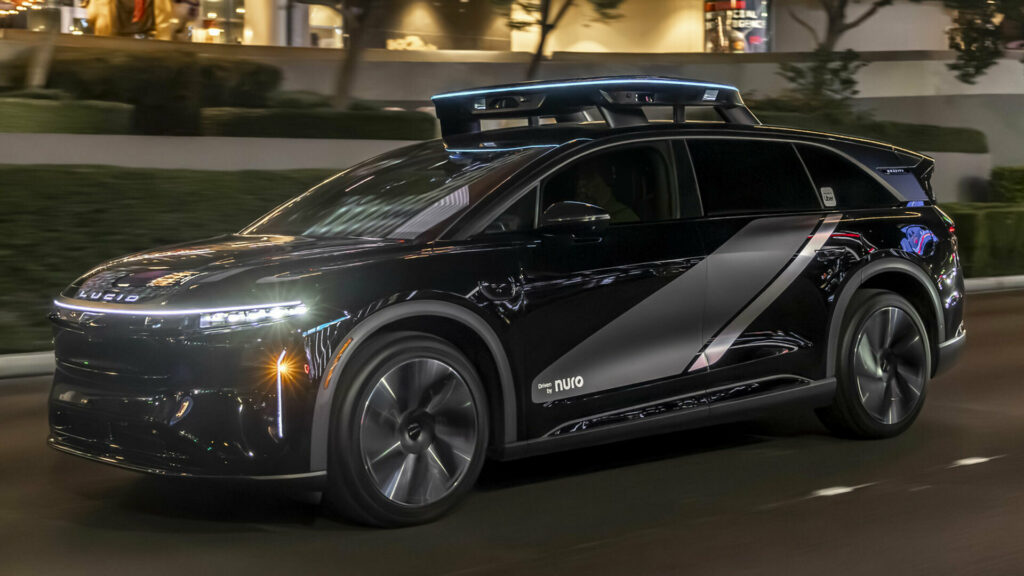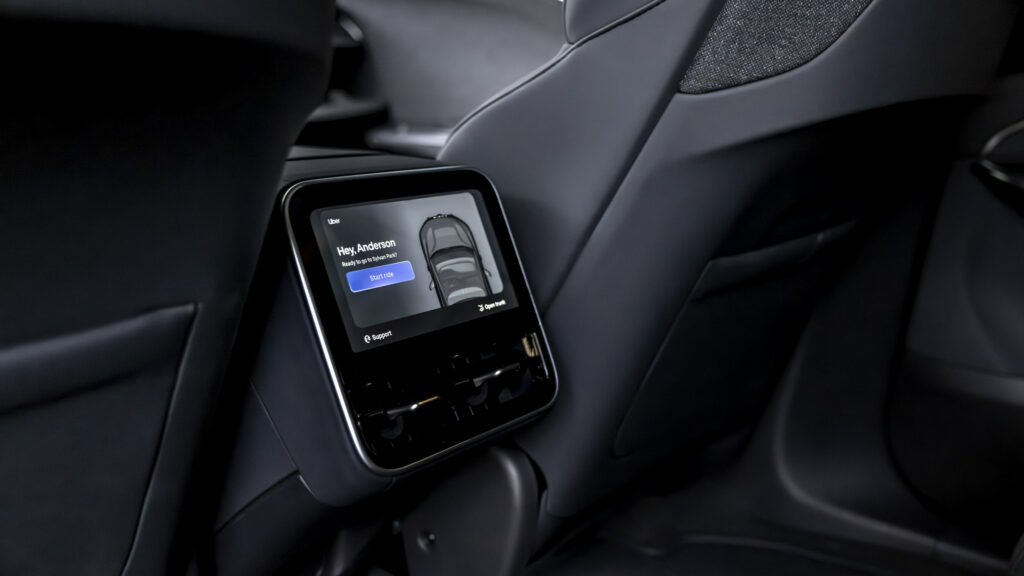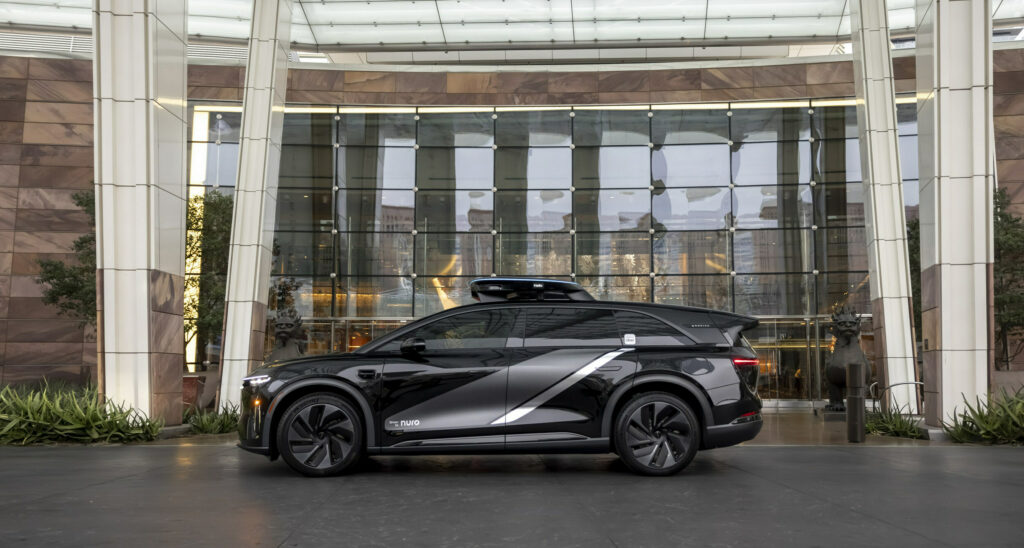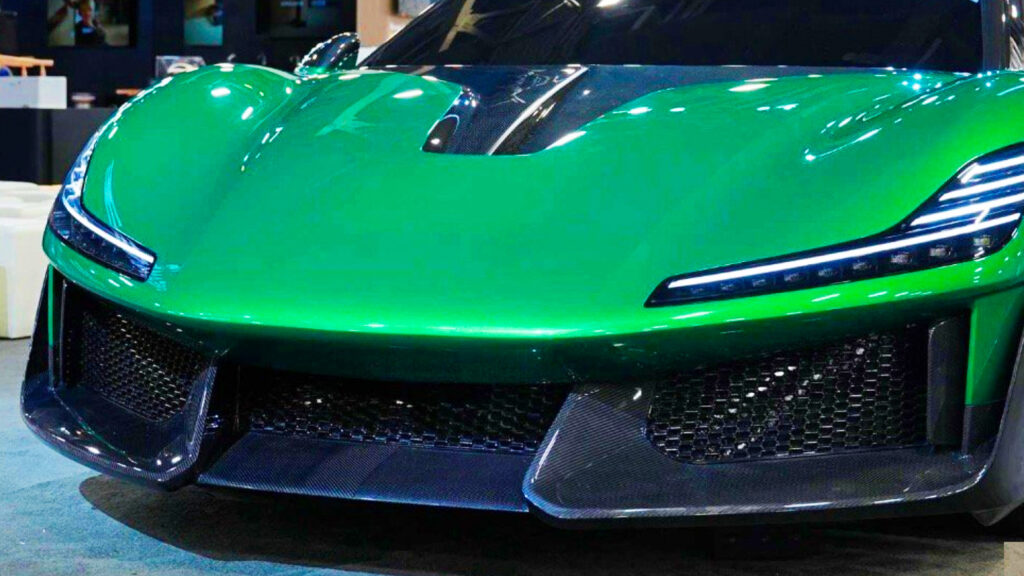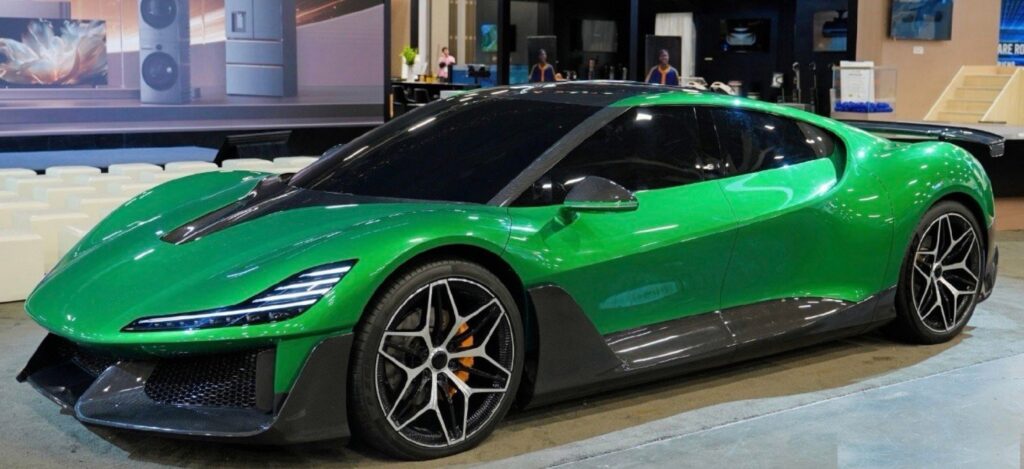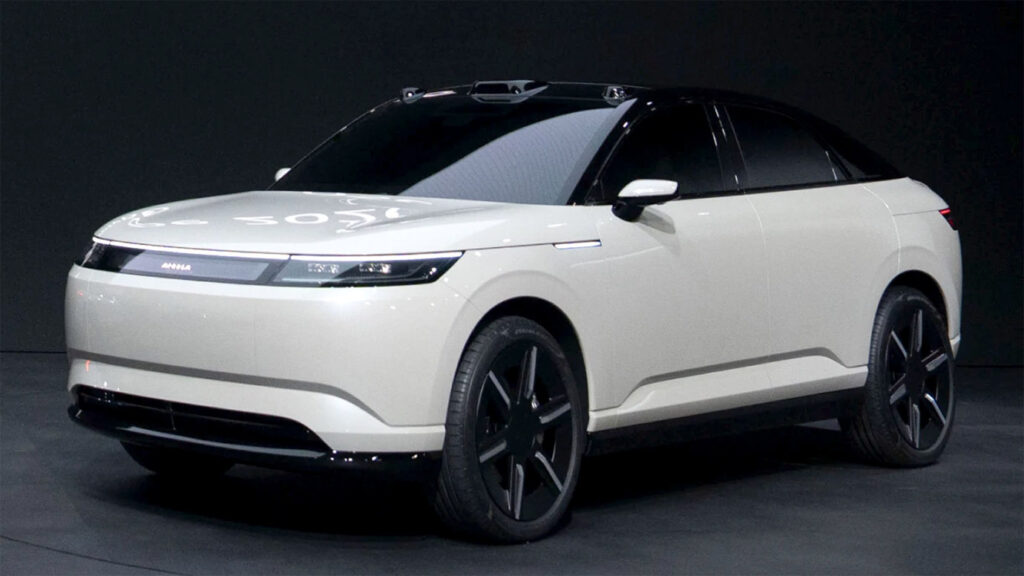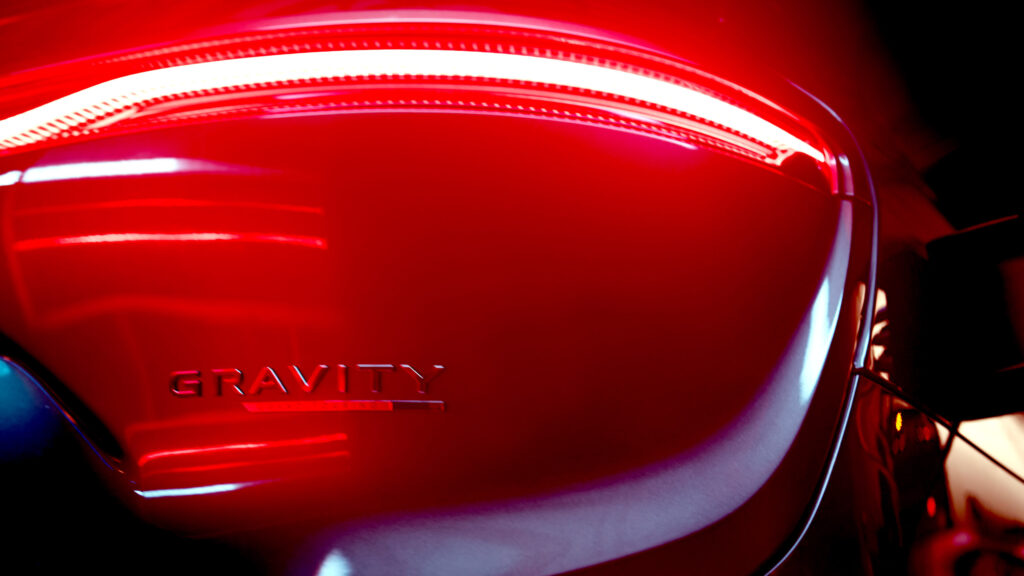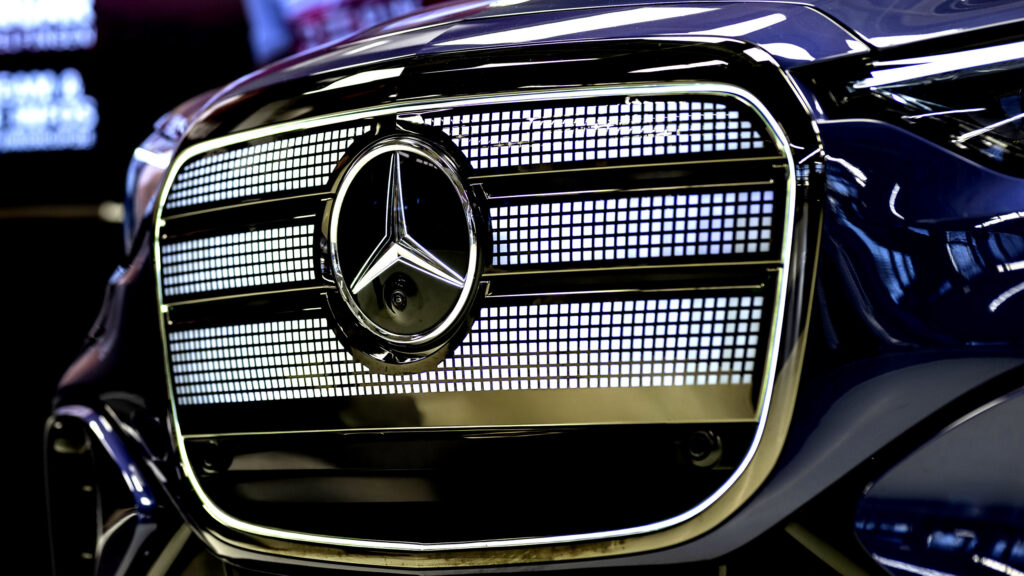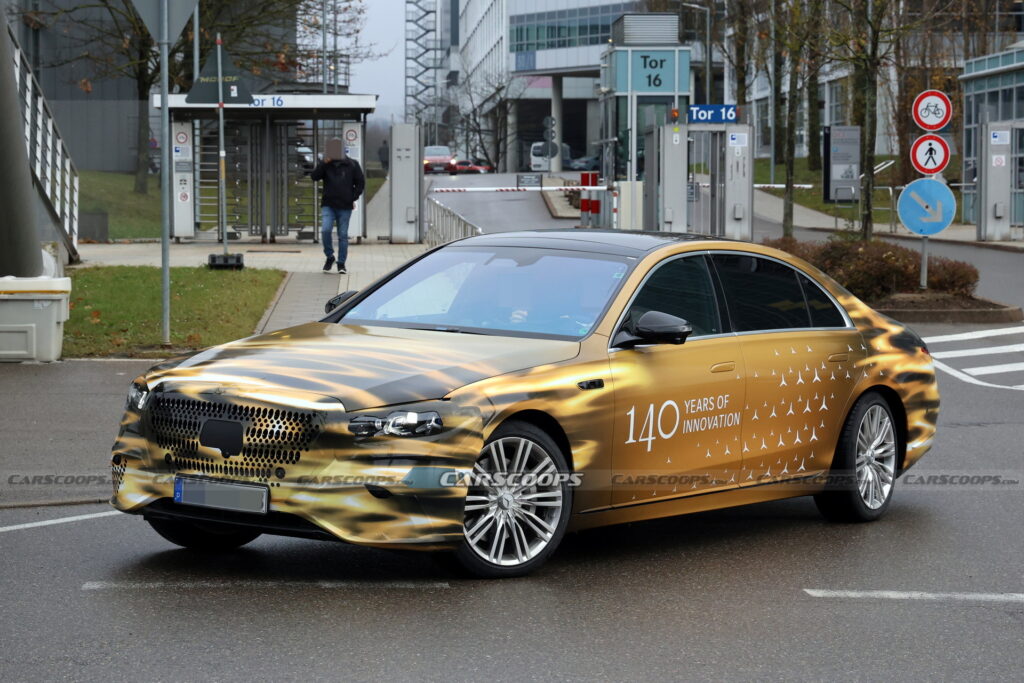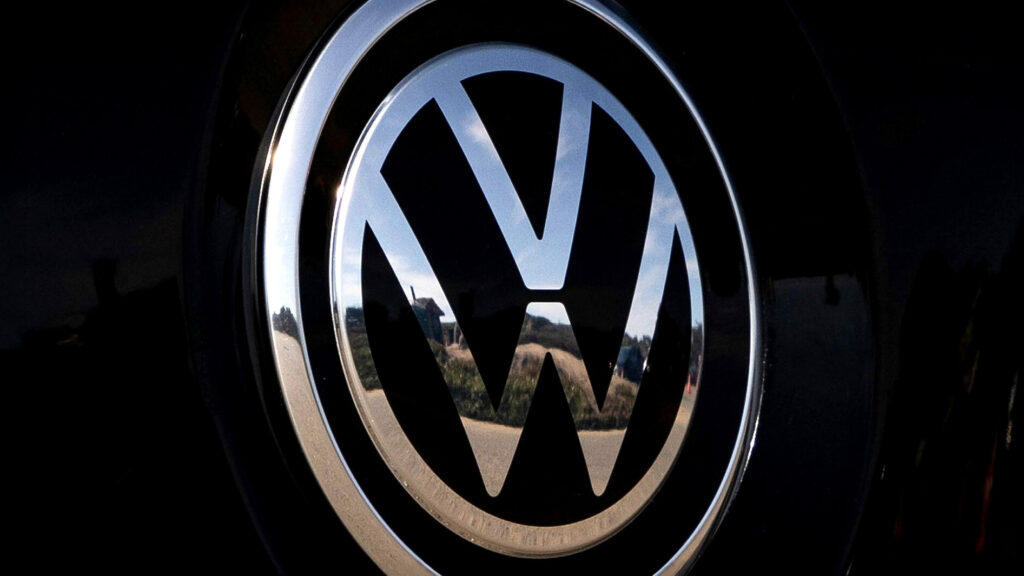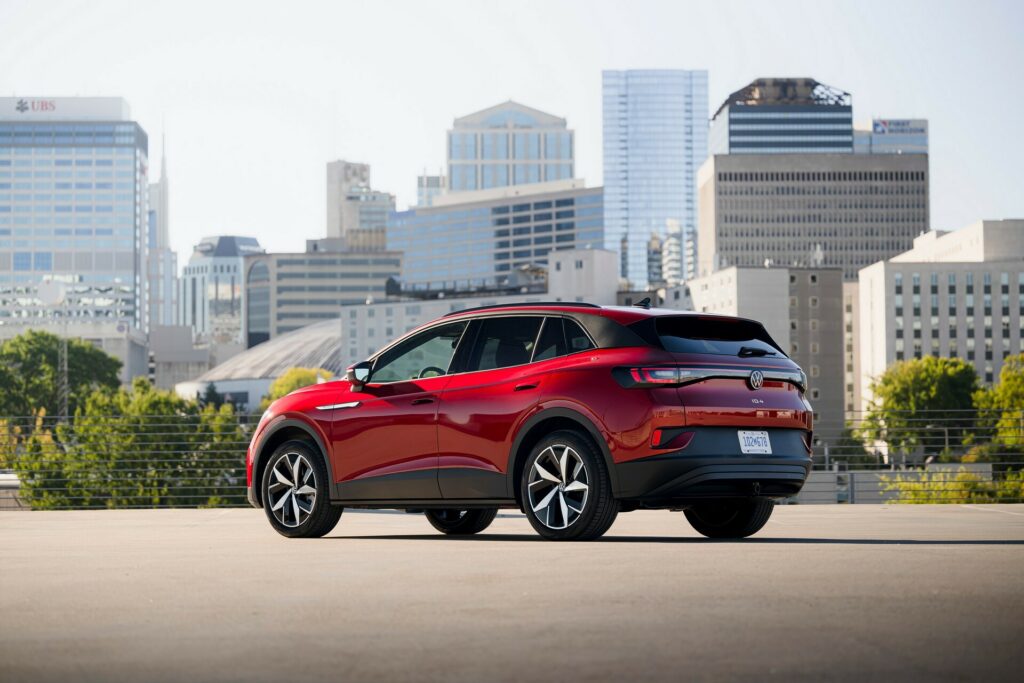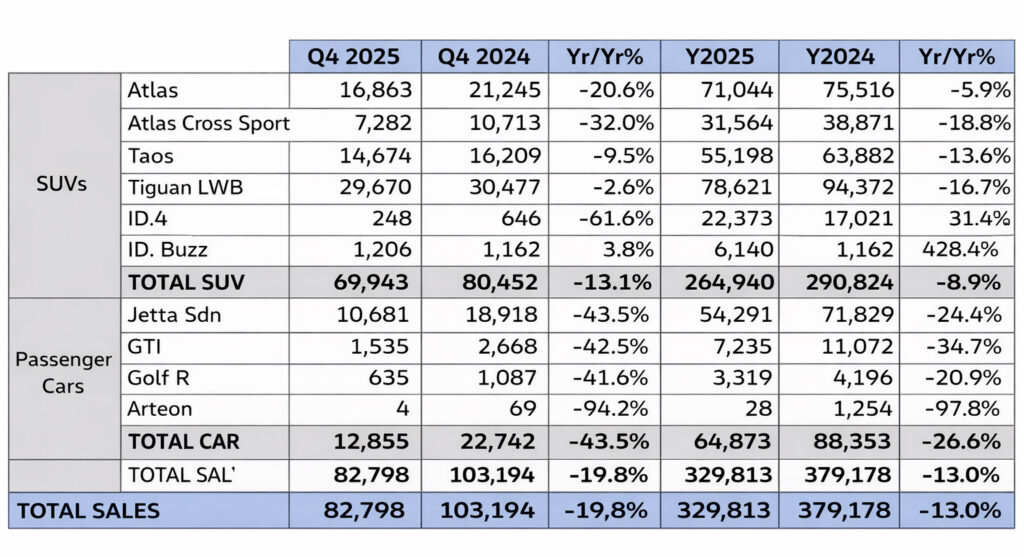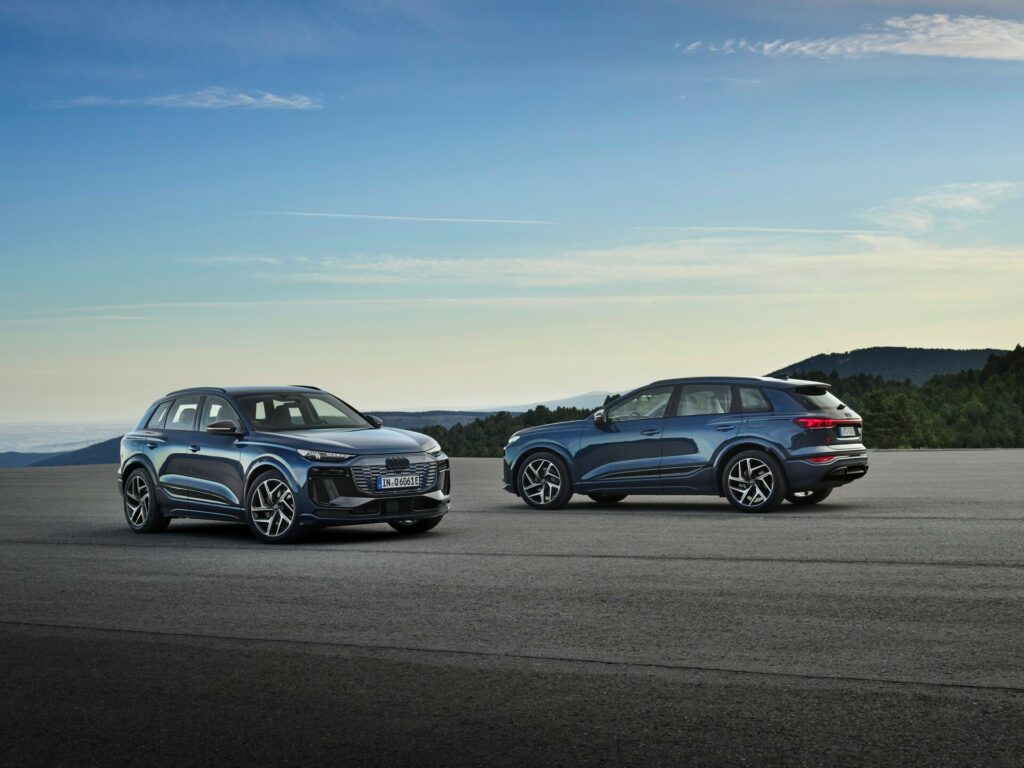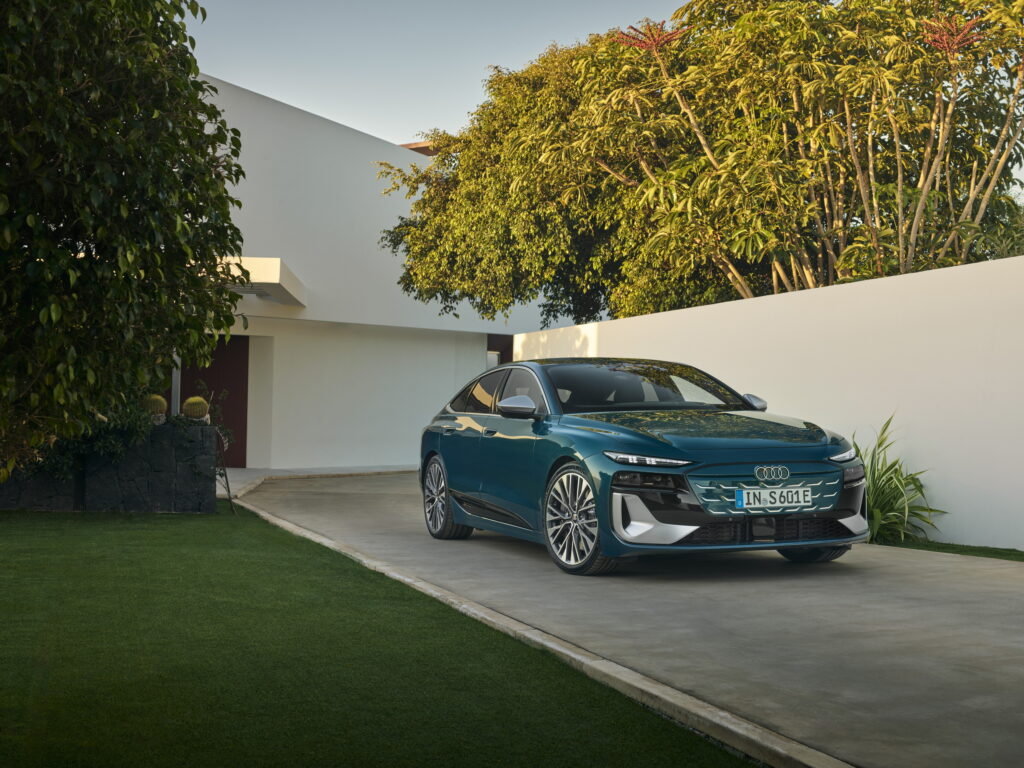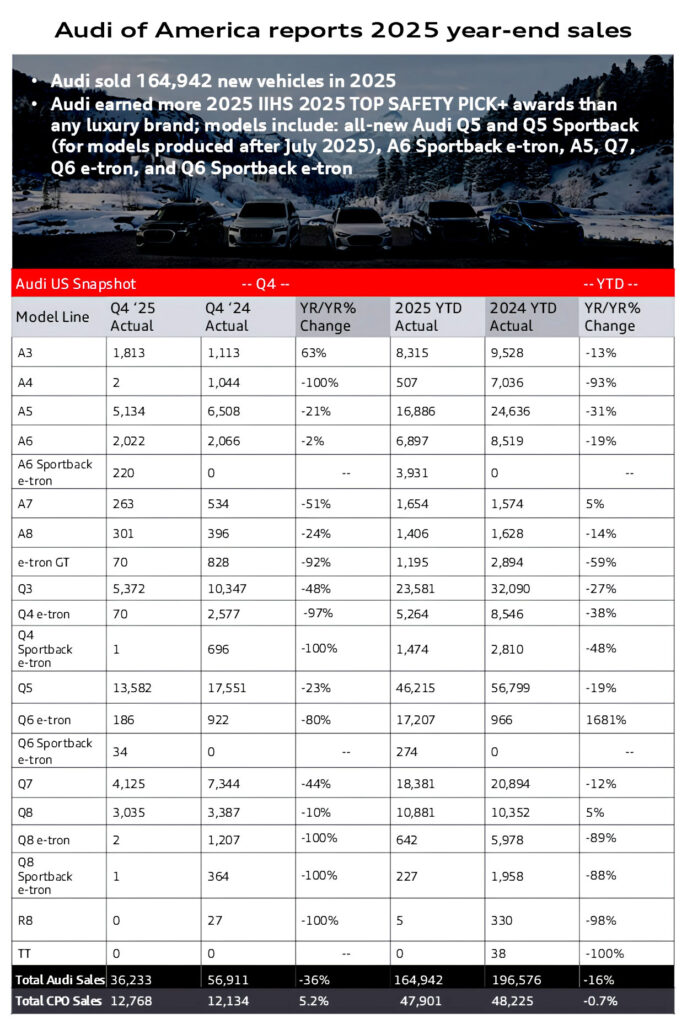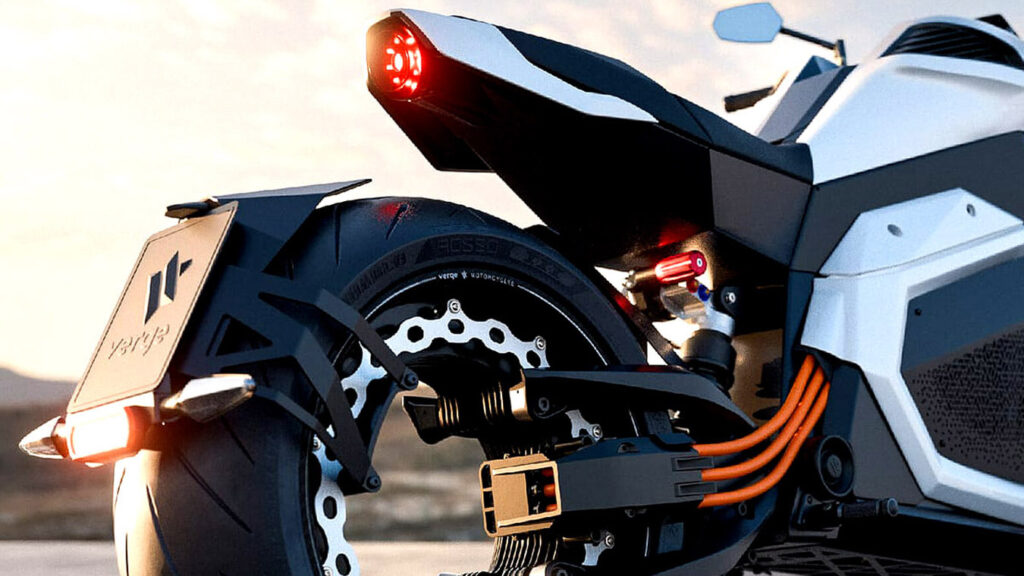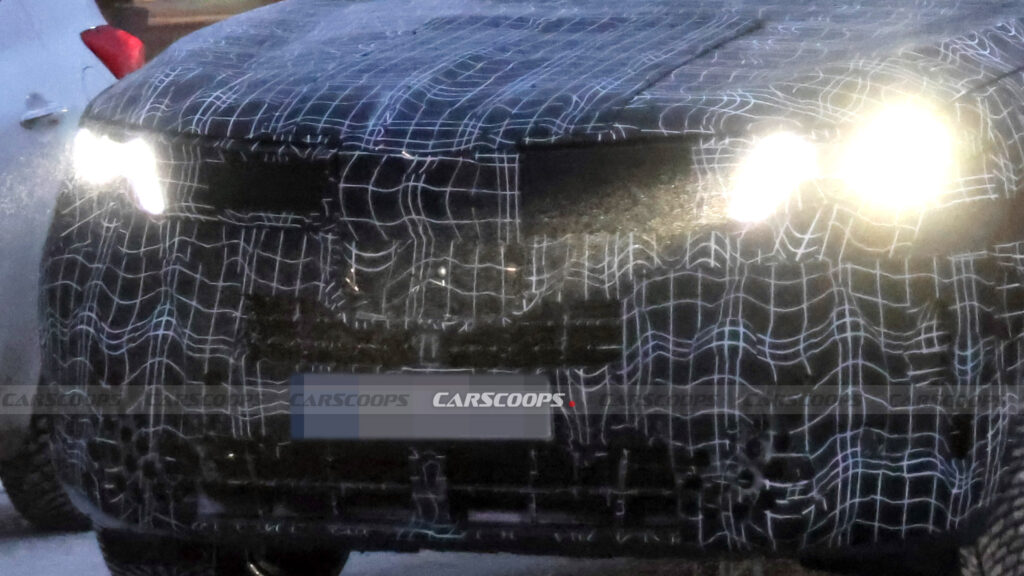Onboard school bus cameras have changed the game when it comes to school bus driver and student safety. Combined with proper procedures and training, they can be a pivotal part of an enhanced safety strategy for student transportation operations.
In North Carolina, Charlotte-Mecklenburg Schools (CMS) has had cameras in place since area manager Monique Jackson joined the transportation department in 2018. Her passion for safety has been front and center throughout her career as an educator and now in student transportation.
“The number one reason for us to have those cameras is for bus safety and, of course, to capture whatever footage is necessary for reporting and documentation purposes,” said Jackson.
She noted the cameras originally used physical hard drives for video storage. Video is now cloud-based, so transportation leadership can make requests to view certain parts of the footage and be able to access it electronically in a more timely manner.
At the Transporting Students with Disabilities and Special Needs (TSD) Conference held in Frisco, Texas, keynote speaker and special education attorney Betsey Helfrich outlined common pitfalls when school districts and transportation departments don’t have clear policies and procedures for handling video footage. Lawsuits filed against the district can succeed if they prove there was insufficient training for employees and that the correct action wasn’t taken as soon as an incident is discovered.
She advised timely, documented communications with Title IX coordinators about incidents. However, there’s often a tricky balance between open record laws and FERPA, or Family Educational Rights and Privacy Act, when distributing footage among staff members. She cited cases where districts used FERPA to justify not releasing footage of incidents onboard the school bus to parents of students who were involved but were later overruled in court. FERPA is also no excuse for keeping specific information from school bus drivers that pertains to their passengers’ access and safety.
Helfrich urged cautioned when sharing sensitive footage of safety incidents to ensure transportation personnel are fully educated on what constitutes an
immediate or imminent health and safety emergency. These would require footage to be shared with multiple parties that are trained on how to act when an incident is discovered or reported.
“Reviewing footage after an incident is important, but it is vital to randomly and periodically review footage,” said Bret Brooks, chief operating officer for school safety and security consultant Gray Ram Tactical. “Don’t wait for something bad to happen to review the recordings. There should be a written policy detailing how often recordings will be reviewed and by whom. Recordings should be kept for 30 days with the ability to retain for longer if needed.”
Ron Deming, territory manager for REI’s school bus division, said many customers praise cameras’ abilities to provide evidence for investigations. “Footage from cameras can serve as crucial evidence in case of accidents, injuries or misconduct, making it easier to identify causes and fault,” he said. “This reduces liability risks for districts.”
STN reported on an incident in October of a parent boarding a Ferguson Florissant School District bus near St. Louis, Missouri. Onboard cameras captured a disturbing scene of the father commanding his daughter to strike her alleged bully. The faces of other students and the school bus driver were blurred, which Helfrich advised districts to do, before the footage was shared.
Mike Dorn, executive director of nonprofit global K-12 school security consultant Safe Havens International, noted school districts should state on school bus driver applications that cameras are recording all driver behavior. That can serve as a deterrent to individuals who could be trying to harm students or behave inappropriately. It can also exonerate them if wrongly accused.
He discussed a case he worked on where a student reported they had been inappropriately touched by a driver. Pulling footage from the 30 days prior to the incident showed the veteran driver assaulting the pre-K student. He noted that the driver “knew from experience that the district only pulled camera footage when an incident like a fight was reported, not a typical occurrence
on a pre-K route,” hence the need for consistent review of footage even when no incident has been reported.
Driver Training
“For drivers, there has typically been an initial hesitancy and reluctancy to use the camera systems, but once they see how video and audio can back up their side of the story during incidents, most ultimately like having the camera systems in placem,” shared Brooks. Jackson echoed this sentiment by saying drivers she oversees at CMS have found that onboard cameras provide peace of mind that safety incidents don’t turn into “he-said, she-said” situations.
“While traditionally more of a post-incident investigative tool, modern security cameras can also be a powerful prevention tool,” said Dorn. “For example, we advise our clients to consider crafting, implementing and following a policy [that] outlines how supervisory personnel will use a random selection process to pull segments of video footage from school buses at key route times, check for policy compliance and archive the footage to document their efforts.”
Dorn noted drivers are made aware their performance is being regularly monitored and that management can recognize them for adhering to safety standards.Stephen Satterly, senior analyst at Safe Havens International, said when he was a school transportation supervisor in Ohio he would conduct a “hot wash” footage review with individual school bus drivers to “identify what went well and what could be improved.”
Jackson shared that she not only uses the footage in her CMS area to identify when and why drivers need more training but also to back up her drivers when there are behavioral challenges with students that required changes be made for the safety of everyone on board.
Clint Bryer, vice president of student transportation sales for Safety Vision, demonstrated camera features that aid in driver performance review and training at the TSD Conference Trade Show. He said school districts can customize what qualifies as an infraction, such as looking away from the road, not wearing a seatbelt, or using a cellphone while driving. Different infractions can carry “heavier weight” when it comes to scoring driver performance.
“Driver behavior management solutions have significantly contributed to improving driver performance by providing actionable data from AI detection of phone use, following too closely, seatbelt compliance and front collisions,” added AngelTrax CEO Richie Howard. “The most effective solutions integrate GPS and G-Force sensors with high-resolution video, with interior and exterior views, to provide context for the driver’s decisions and/or reactions along the route.”
Multiple video vendors and safety experts noted thatAI is becoming an increasingly used tool to detect safety incidents. Howard noted that the industry is only “scratching the surface” and the capabilities of AI will continue to grow and be used to notify transportation immediately if a safety concern is detected.
“Machine learning can be integrated into school bus cameras to predict dangerous situations, such as student bullying or a conflict about to break out,” said Deming. Brooks summed up his advice regarding the use of cameras for increased safety and driver training by highlighting the importance of that human involvement.
“Even with the advancements of AI, or any technology, we must remember that human involved is paramount. Training drivers will always be critical regardless of any technology that can assist them. Assist is the key term, not
replace,” he said. “Don’t allow cameras to replace human involvement, training, reviewing, interactions, etc. Cameras are great tools but not a cure all in of themselves.”
Editor’s Note: As reprinted from the January 2026 issue of School Transportation News.
Related: (STN Podcast E187) Onsite at the TSD Conference, Part 1/2: Technology, Cameras & Special Needs
Related: 8 Must-Know Tips for Bus Camera System Installations
Related: Is Safety Everyone’s Responsibility?
Related: (STN Podcast E286) End of Year Review: Safety & Technology Trends of 2025
The post Eagle Eye on Student Transportation Safety appeared first on School Transportation News.
